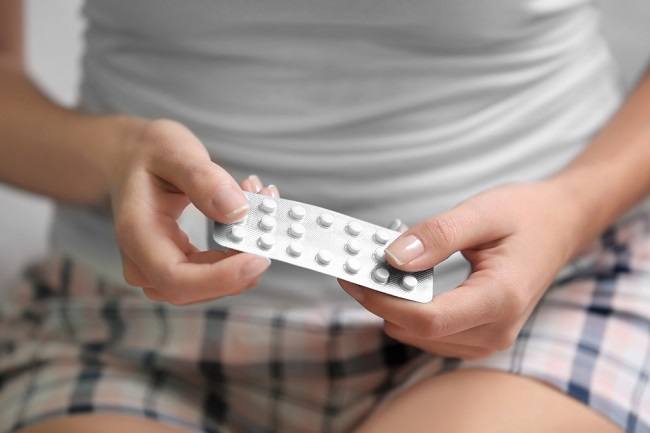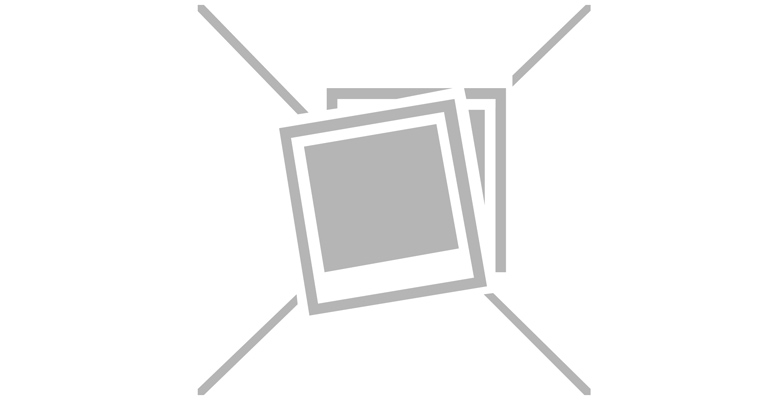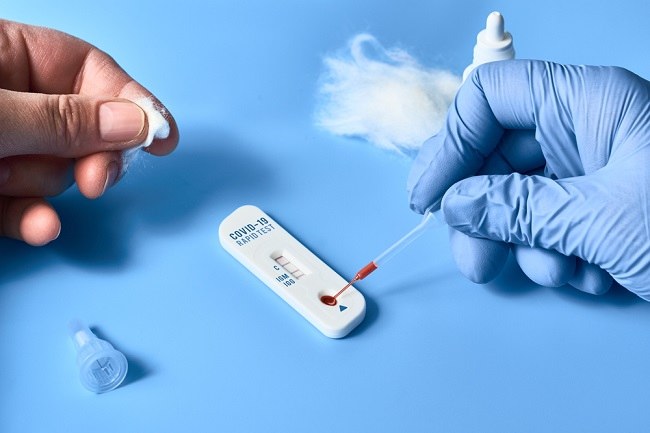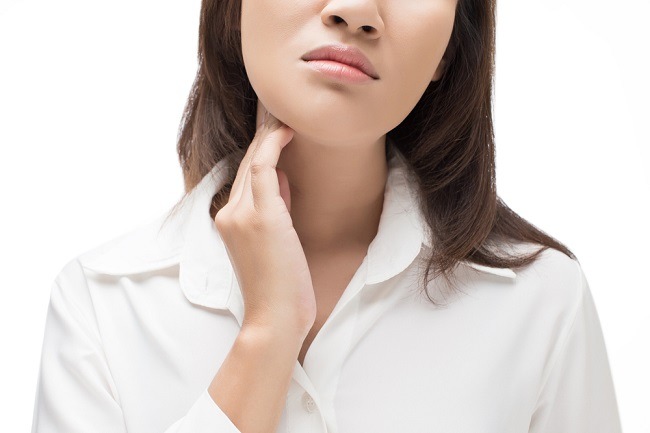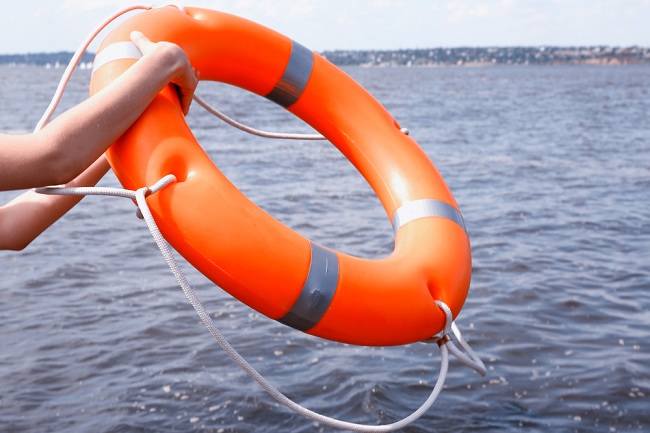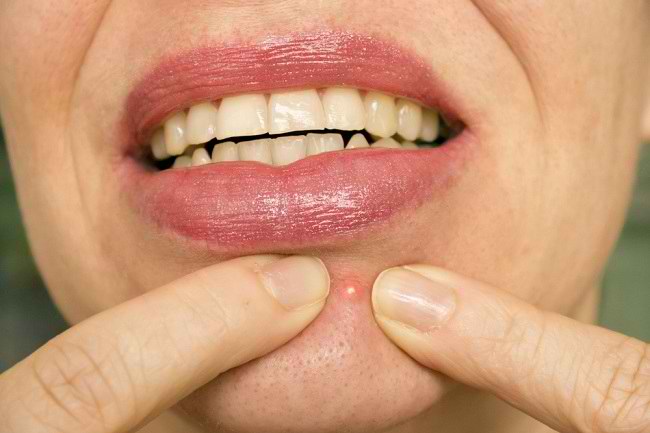Polydactyly is one of the most common birth defects and affects about 1 in 1000 babies. In this condition, the baby is born with more than 5 fingers. Polydactyly can occur in one or both hands or feet.
The term polydactyly comes from the Greek, namely "polys" which means many and "daktylos" which means finger. This inherited disorder can run in families. So, a child is at risk for polydactyly if his parents also have this disorder.

Recognize the Causes of Polydactyly
Causes of poldactyly can be divided into 2, namely genetic and non-genetic causes. Here is the explanation:
Genetic causes
The presence of genes that cause polydactyly in the fetus can cause abnormalities in the growth of the limbs at 4-8 weeks of gestation. There are 6 genes that have been identified as the cause of polydactyly, namely:
- GLI3
- GLI1
- ZNF141
- MIPOL1
- PITX1
- IQCE
Other genetic disorders that can cause polydactyly are usually a syndrome or a collection of symptoms that not only causes abnormalities in the number of fingers, but also abnormalities in other organs, such as the heart and kidneys. Down syndrome is a syndrome that is closely related to polydactyly.
Non-genetic causes
This cause is not related to heredity, but is related to the health conditions of the mother and baby while in the womb. There are several factors that can put a child at a higher risk of developing polydactyly, namely:
- Children of diabetic mothers
- Children of mothers with upper respiratory tract infections in the first 3 months of pregnancy
- Children of mothers who have a history of epilepsy
- Children with low birth weight
- Child exposed to embryo thalidomide
Types of Polydactyly You Need to Know
There are 3 types of polydactyly based on the area where the extra finger grows, namely:
- Preaxial polydactyly, which is the growth of an additional finger on the outside of the thumb or big toe
- Postaxial polydactyly, which is the growth of an additional finger on the side of the little finger on the hand or foot
- Central polydactyly, which is the growth of an additional finger in the middle of the fingers or toes. This condition is the most rare
Additional finger conditions in patients with polydactyly vary. The extra finger may be perfectly shaped like the other finger, it may not have any joints, or it may even consist of only skin and soft tissue.
Polydactyly Treatment
If polydactyly is found at birth, the doctor will examine the position and components of the additional fingers to determine the type of polydactyly and estimate what type of treatment is appropriate. The doctor will also examine the condition of other organs of the body to determine whether polydactyly is part of a certain syndrome or not.
Polydactyly can actually be left into adulthood without causing health problems, especially in cases that do not involve abnormalities in other organs. However, most polydactyly need to be treated before the child is 2 years old.
This fast treatment is needed so that the child does not have difficulty doing activities that involve his fingers, such as writing or typing, and can wear shoes that fit his feet.
Treatment of polydactyly is divided into 2, namely:
Vascular clip
If the extra finger consists only of soft tissue, the doctor may attach a vascular clip to the base of this extra finger. Like clips on the umbilical cord, these clips stop blood flow, causing soft tissue to die. Once dry, the extra finger will fall off from the normal finger.
Operation
Polydactyly surgery is a surgical technique to remove the extra finger that looks like a real finger, not just soft tissue. Polydactyly surgery is usually a simple surgery and does not require hospitalization.
However, this goes back to the level of complexity of the operation. If the extra finger is intact and looks exactly like a regular finger, the level of complexity of the operation may be higher. This is to ensure that after surgery, the hand or foot can function properly.
The operated hand or foot may need to be in a cast or splint for up to several weeks. After the surgical wound has healed, the doctor may also suggest physical therapy or occupational therapy, especially if polydactyly occurs in the hands. The goal of physical therapy and occupational therapy is for limbs to recover quickly and function as usual.
This treatment can not only be applied to children, but also to adults. If you feel uncomfortable or your activities are disrupted due to polydactyly, consult a doctor to get the right treatment. In children, polydactyly can be treated by a pediatric orthopedic specialist.
